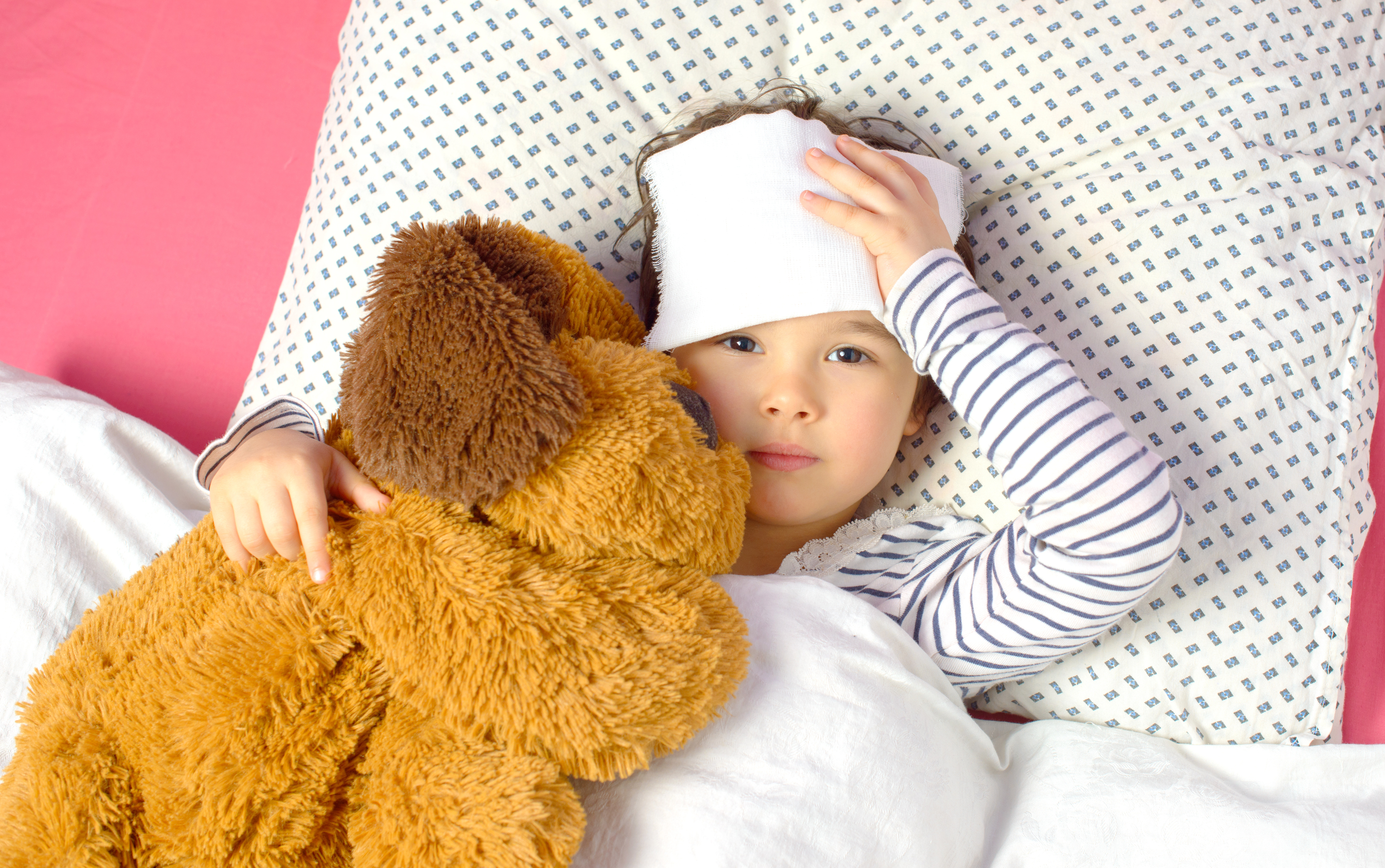
Headaches are a common problem. You frequently hear people saying they have a stress headache or a tension headache and, now during this time of increased stress, the complaints are even more. Migraine headaches are a chronic, often lifelong condition. 18% of adult women and 6% of adult men have migraines.
Children also have headaches. By middle school about 80% of children have experienced a headache of some kind, often because of stress, a virus or another cause. Migraines can start as early as infancy and may occur in up to 3% of 3-7 year olds, 11% of children ages 7-11 years old and up to 23 % by age 15.
Migraines generally involve a pounding type of pain that worsens with activity. Adult migraines typically cause a pain on one side of the head while children’s migraines tend to cause a pain across the forehead. Migraines may also cause a person to feel nauseous or to throw up, have visual distortions like zigzag lines or altered perceptions of size and color.
Dr. Scott Powers, of the Headache Center at Cincinnati Children’s Hospital, explain that migraines are a neurological condition and the people that get them experience changes in the brain related to pain- and emotion-processing. It is not clear what causes the other. Certain circumstances, such as sleep disturbances, dietary changes, bright lights, the glare of the sun, strong smells can bring on a migraines in those who are susceptible.
How can you tell if a child has a migraine headache? There is no objective test and children frequently don’t have the verbal skills to describe their symptoms. An appointment with a pediatrician will help rule out potential problems. Headaches can be caused by a stroke, congenital brain problems, tumors or meningitis. Concerning red flags include weakness or numbness on one side of the body, seizures or confusion during a headache.
Keeping a headache diary helps. Children may point at or grab their head, climb into bed and hide under the covers, or go to a dark, quiet room. A loss of appetite may signal nausea. Family history is another sign as 60-70 % of people with migraines have a parent or sibling with migraines.
For children of any age, ibuprofen or acetaminophen work best if given as soon as the headache starts. Your doctor may also recommend medications for nausea, antihistamines or a class of medications called triptans. Laying in a dark room, putting a cold washcloth on the forehead and other comfort measures might help.
Medication management should be managed by a physician to avoid rebound headaches. Opiates can cause an increase in severity and frequency.
Make sure the migraine sufferer is receiving three square meals plus 1-2 snacks, getting the recommended physical activity for their age, hydrating enough, and having a predictable sleep schedule. There is some evidence that certain relaxation and cognitive behavioral techniques, like deep breathing techniques, can help.
by Sally Robinson, MD
Clinical Professor of Pediatrics
Keeping Kids Healthy
Published 5/15/2020
Also See:
UTMB Pediatrics - Pediatric Primary Care
UTMB Health Psychiatrists, Psychologists, Social Workers and Counselors
UTMB After Hours Urgent Care
UTMB Health COVID-19 Website